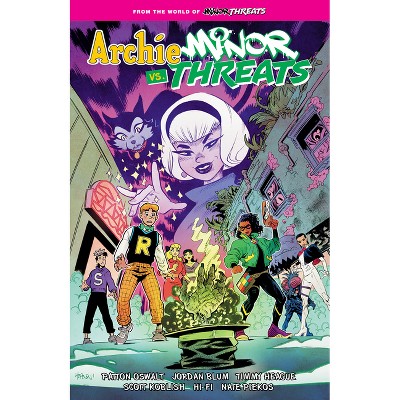Sponsored

Assembly Design and Planning: Methodologies and Applications - by Abby Barnes (Hardcover)
$111.99Save $38.96 (26% off)
In Stock
Eligible for registries and wish lists
Sponsored
About this item
Highlights
- Assembly design, formally known as design-for-assembly (DFA), refers to a set of best practices for manufacturing a product aimed at making it easier to assemble and manufacture a product, reducing the part count, minimizing the stages of assembly process, and mistake-proofing the assembly process as far as possible.
- Author(s): Abby Barnes
- 233 Pages
- Computers + Internet, Intelligence (AI) & Semantics
Description
About the Book
Assembly design, formally known as design-for-assembly (DFA), refers to a set of best practices for manufacturing a product aimed at making it easier to assemble and manufacture a product, reducing the part count, minimizing the stages of assembly process, and mistake-proofing the assembly process as far as possible. The most important application of assembly design is product manufacturing. Assembly design techniques can be applied to products assembled manually or automatically. Assembly design makes use of one or the other type of assembly line for manufacturing products. In an assembly line, different machines and workers are arranged in a pre-defined sequence. Each location on the assembly line where a worker processes a product using the given machine is called a workstation. The products or the semi-finished products move from one workstation to another while they are being built. The use of assembly lines help in reducing the ergonomic strain and high labor costs. Automation of assembly lines is commonly done using highly rigid kinematic structures in special machines to ensure accuracy. There are two basic assembly design methodologies namely bottom-up design and top-down design. This book outlines the methodologies and applications of assembly design along with its planning aspects. It will help new researchers by foregrounding their knowledge in this area of study.Book Synopsis
Assembly design, formally known as design-for-assembly (DFA), refers to a set of best practices for manufacturing a product aimed at making it easier to assemble and manufacture a product, reducing the part count, minimizing the stages of assembly process, and mistake-proofing the assembly process as far as possible. The most important application of assembly design is product manufacturing. Assembly design techniques can be applied to products assembled manually or automatically. Assembly design makes use of one or the other type of assembly line for manufacturing products. In an assembly line, different machines and workers are arranged in a pre-defined sequence. Each location on the assembly line where a worker processes a product using the given machine is called a workstation. The products or the semi-finished products move from one workstation to another while they are being built. The use of assembly lines help in reducing the ergonomic strain and high labor costs. Automation of assembly lines is commonly done using highly rigid kinematic structures in special machines to ensure accuracy. There are two basic assembly design methodologies namely bottom-up design and top-down design. This book outlines the methodologies and applications of assembly design along with its planning aspects. It will help new researchers by foregrounding their knowledge in this area of study.Dimensions (Overall): 10.0 Inches (H) x 7.0 Inches (W) x .56 Inches (D)
Weight: 1.38 Pounds
Suggested Age: 22 Years and Up
Number of Pages: 233
Genre: Computers + Internet
Sub-Genre: Intelligence (AI) & Semantics
Publisher: Clanrye International
Format: Hardcover
Author: Abby Barnes
Language: English
Street Date: September 19, 2023
TCIN: 1004855662
UPC: 9781647265939
Item Number (DPCI): 247-03-1845
Origin: Made in the USA or Imported
If the item details aren’t accurate or complete, we want to know about it.
Shipping details
Estimated ship dimensions: 0.56 inches length x 7 inches width x 10 inches height
Estimated ship weight: 1.38 pounds
We regret that this item cannot be shipped to PO Boxes.
This item cannot be shipped to the following locations: American Samoa (see also separate entry under AS), Guam (see also separate entry under GU), Northern Mariana Islands, Puerto Rico (see also separate entry under PR), United States Minor Outlying Islands, Virgin Islands, U.S., APO/FPO
Return details
This item can be returned to any Target store or Target.com.
This item must be returned within 90 days of the date it was purchased in store, shipped, delivered by a Shipt shopper, or made ready for pickup.
See the return policy for complete information.
Trending Computers & Technology Books

$7.99
Save $5 when you spend $20 on select books
5 out of 5 stars with 1 ratings
















